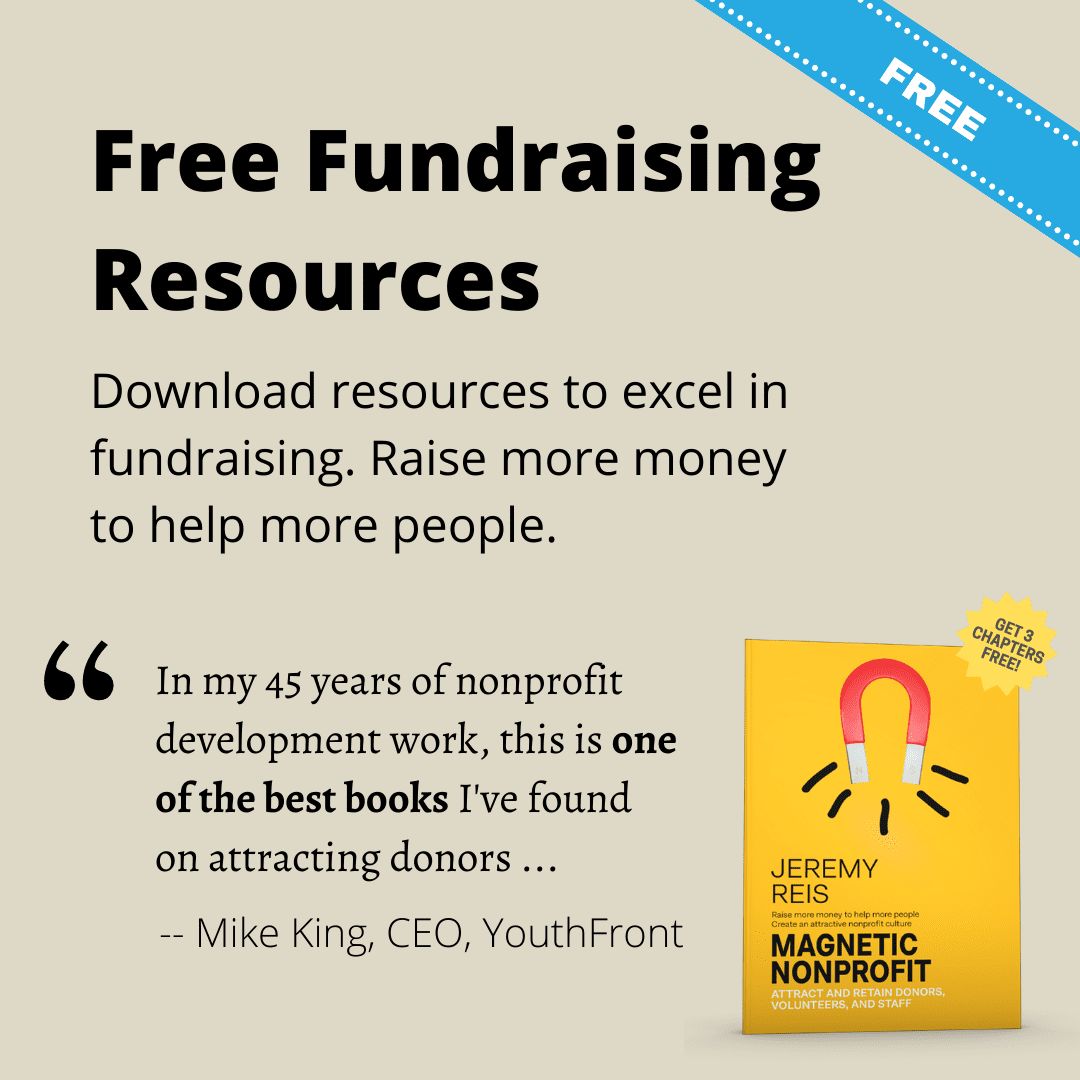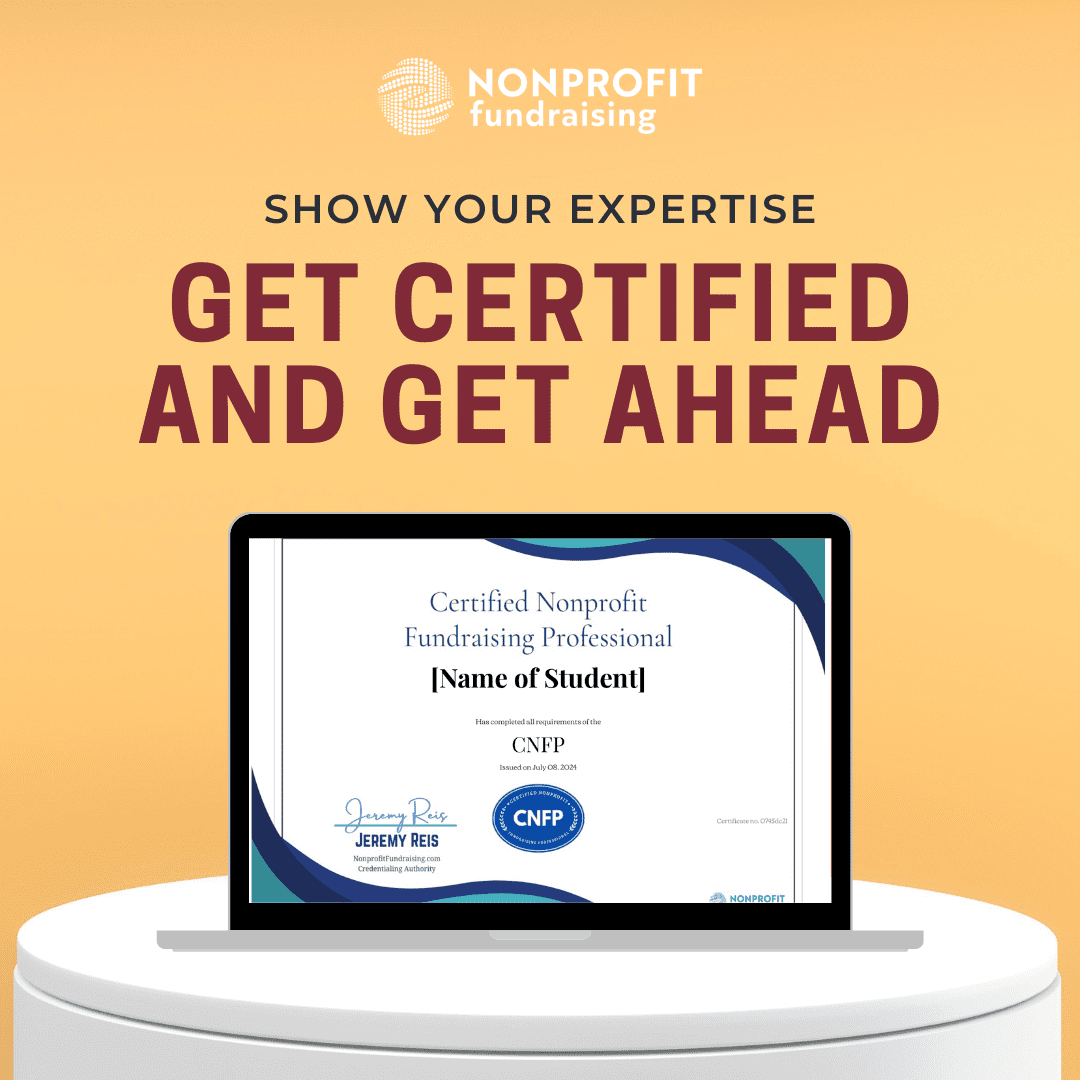Picture this scenario: A donor makes their first gift to your organization on Tuesday morning. When do you thank them? When do you follow up? If you’re like many nonprofits, you might send an automated email receipt, then add them to your regular newsletter cycle, and maybe they’ll hear from you again in a month or two.
That’s a mistake that’s costing you donors – and revenue.
The Psychology Behind Immediate Response
When someone makes a donation to your organization, they’re in a heightened emotional state. They’ve connected with your cause, they’ve decided to trust you with their money, and they’re feeling good about making a difference. That feeling doesn’t last forever.
If you wait two weeks to thank them, that emotional connection has faded. They’ve moved on to other things. They may have even forgotten they donated to you. But if you respond within 48 hours, you’re catching them while that good feeling is still fresh. You’re reinforcing their decision to give. You’re showing them that their gift mattered enough for you to stop what you’re doing and respond personally.
This is what I call the 48-Hour Follow-Up Rule: every donor should receive meaningful, personal contact within 48 hours of making their gift. Not just an automated email receipt – though that should happen immediately – but actual human contact that shows you noticed their gift and you’re grateful for it.
What Happens When You Don’t Follow the Rule
Here’s the typical scenario at most nonprofits: The donor makes a gift, gets an automated receipt, and then… silence. Days go by. Maybe weeks. Eventually they get added to your regular newsletter, but by then, the moment has passed. The donor thinks, “Did they even notice I gave? Do they care?” Without that immediate follow-up, donors feel ignored, and ignored donors don’t give again.
Organizations that ignore the 48-hour rule typically see first-year donor retention rates of 15% or lower. That means they’re losing 85% of their new donors before they ever have a chance to build a relationship. It’s like filling a bucket with a massive hole in the bottom – no matter how many new donors you acquire, you can’t build a sustainable donor base if you can’t keep them.
The Six Components of Effective 48-Hour Follow-Up
1. Set Up Immediate Notification Systems You need to know about donations as they happen, not when you check your database next week. Most donor management systems can send you email alerts or text messages when new gifts are processed. Set this up so someone on your team knows within minutes when a donation arrives.
2. Make Personal Thank-You Calls This is the gold standard of the 48-hour rule. When someone makes their first gift, or makes a significant gift, someone from your organization should call them within 48 hours just to say thank you. Not to ask for anything else, not to give them an update on your programs – just to thank them.
These calls should last no more than two or three minutes. You’re calling to say, “We received your gift of $50 yesterday, and I wanted to personally thank you. Your gift is going to help us provide 150 meals to families in our community.” That’s it. Thank them and hang up.
3. Send Personal Follow-Up Messages If you can’t reach them by phone, or in addition to the phone call, send a personal message. This isn’t a form letter. This is a specific thank-you that mentions their gift amount and tells them exactly what their money will accomplish. For example: “Thank you for your generous gift of $75. Your donation will provide 225 nutritious meals to children and families facing hunger in our community.”
4. Leverage Social Media for Public Appreciation If the donor has connected with you on social media and you have their permission – and getting their permission is important – consider a public thank-you. Post something like, “We’re grateful for supporters like Sarah who are helping us fight hunger in our community. Thank you!” This shows other potential donors that you notice and appreciate gifts.
5. Create Database Workflows Document every contact you make with new donors so nothing falls through the cracks. Your database should track when someone gave, when they were thanked, and how they were thanked. This ensures every donor gets the attention they deserve.
6. Train Your Entire Team Everyone in your organization should understand that donor follow-up is not just the development team’s job. If your program manager happens to see a new donation come in, they should feel empowered to pick up the phone and make that thank-you call.
What to Say in Your Follow-Up
Keep it simple and focused on three things: gratitude, impact, and recognition. Express genuine thanks for their specific gift. Tell them exactly what their donation will accomplish – be specific with numbers when you can. And acknowledge that you see them as an important part of your mission.
Here’s a script you can adapt: “Hi [Name], this is [Your Name] from [Organization]. I wanted to personally thank you for your gift of $[amount] that we received yesterday. Your donation is going to [specific impact]. We’re so grateful to have supporters like you who care about [cause]. Thank you again.”
Critical Mistakes to Avoid
Don’t use the follow-up call to ask for another gift. Don’t use it to give a long update on your programs. Don’t make it about you – make it about them and their impact. And whatever you do, don’t wait. The longer you wait after their gift, the less impact your thank-you will have.
The Bottom Line
You might be thinking, “This sounds like a lot of work. Do we really need to call every donor?” Here’s the thing – you don’t have to call every donor, but you should call the ones you want to keep. If someone gives you $25 and you’d like them to give again, yes, call them. Use your judgment, but err on the side of more contact, not less.
Organizations that implement the 48-hour follow-up rule consistently see first-year donor retention rates jump from 15% to 25%, 35%, or even 40%. That’s more than doubling your retention rate just by implementing better thank-you processes.
The 48-hour follow-up rule isn’t complicated, but it does require discipline and systems. The organizations that do this consistently are the ones that build strong, lasting relationships with their donors. They’re the ones that don’t have to constantly search for new donors because they’re keeping the ones they have.
Remember, fundraising isn’t just about getting the gift – it’s about starting the relationship. The 48-hour follow-up rule ensures that relationship starts strong.

